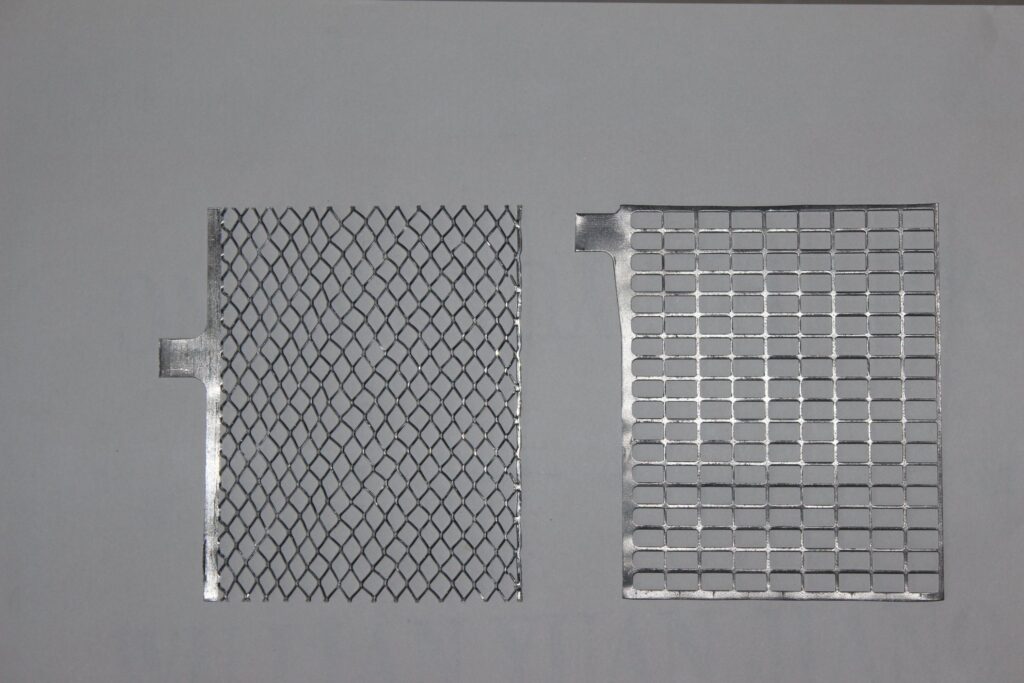Judging the quality of lead-acid battery plates involves assessing several factors that can affect the performance and lifespan of the battery.
- Plate Thickness: Thicker plates generally indicate higher quality because they provide more active material for chemical reactions, resulting in greater capacity and longer life.
- Active Material Density: The density of the active material on the plates should be uniform and consistent. Higher density indicates better quality and greater capacity.
- Grid Design: The grid structure of the plates should be robust and resistant to corrosion. Look for well-constructed grids with uniform spacing and thickness.
- Paste Composition: The composition of the paste applied to the plates plays a significant role in battery performance. High-quality paste formulations with optimal lead oxide ratios contribute to better capacity and cycle life.
- Plate Coating: Some batteries feature a protective coating on the plates to prevent shedding and extend the life of the battery. Check for uniform and durable coatings that adhere well to the plates.
- Plate Purity: The purity of the lead used in manufacturing the plates affects battery performance. Higher purity lead typically results in better conductivity and longer life.
- Corrosion Resistance: Quality plates are designed to resist corrosion from sulfuric acid and other electrolyte components. Look for plates with corrosion-resistant coatings or additives to enhance durability.
- Grid Alloy Composition: The composition of the grid alloy can impact corrosion resistance and mechanical strength. High-quality grids are often made from lead-calcium or lead-antimony alloys, with specific alloy formulations tailored to the intended application.
- Manufacturer Reputation: Choose batteries from reputable manufacturers with a track record of producing high-quality products and adhering to industry standards and certifications.
- Performance Specifications: Consider the manufacturer’s specifications for capacity, cycle life, and other performance metrics. Batteries that meet or exceed these specifications are likely to have higher-quality plates.
By evaluating these factors, you can assess the quality of lead-acid battery plates and make informed decisions when selecting batteries for specific applications. Additionally, consulting with experts or referring to independent testing and reviews can provide further insights into the performance and reliability of different battery products.


